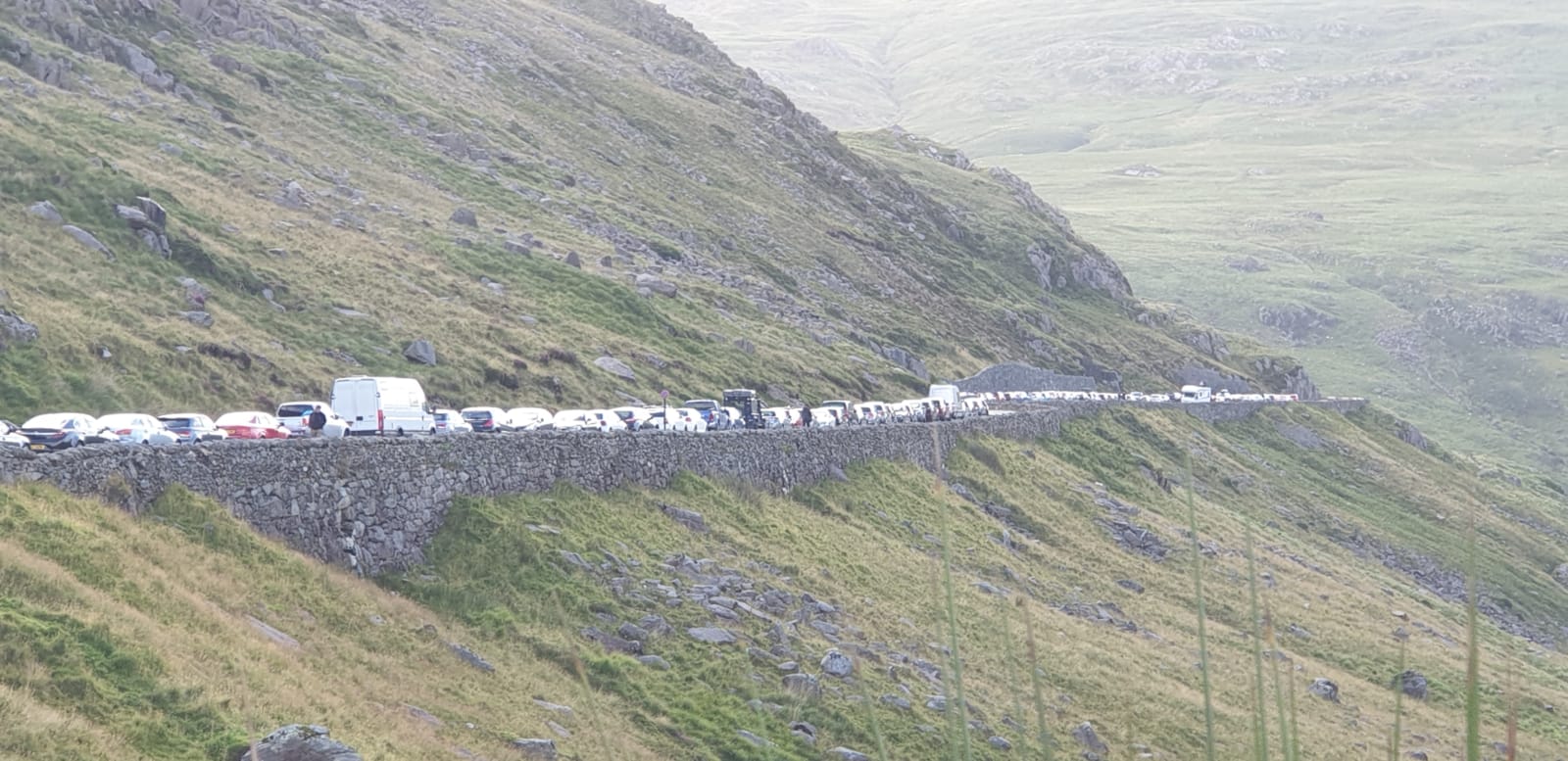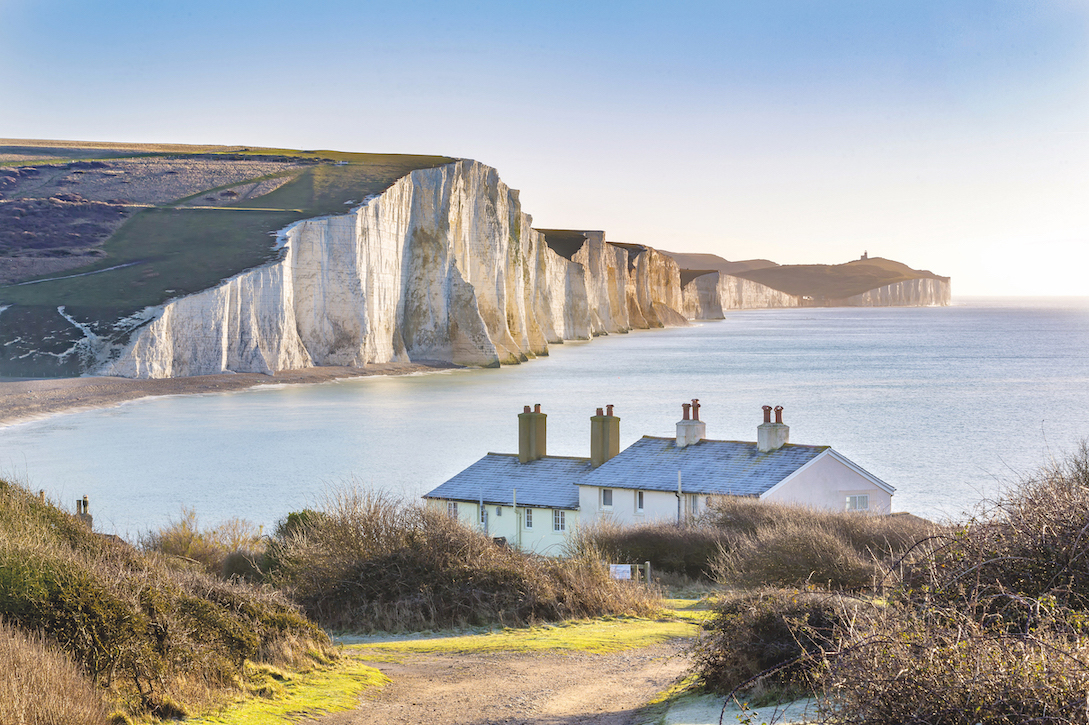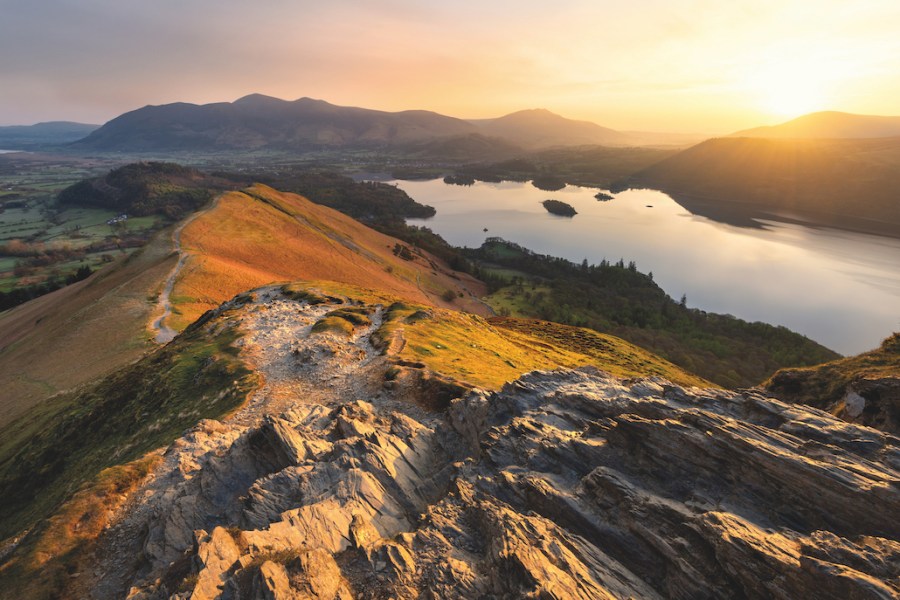With traffic levels surging, campaigners have called for radical transport measures in our national parks. Are they right? Hanna Lindon looks at the issues.
Since the start of the pandemic, images of parked cars snaking down Snowdonia’s Pen y Pass, blocking narrow Lake District roads and piling up by Peak District beauty spots have become synonymous with good weather.
The problem is escalating this summer as restrictions on foreign holidays drive a huge rise in UK-based breaks. The RAC has estimated that 29 million people will be motoring off on staycations before the autumn, potentially leading to “unprecedented” levels of traffic and “bumper to bumper” queues. Staycation hotspots identified by the organisation include Scotland and the Lake District.
Now campaigners have called for a radical rethink of transport in national parks to reduce the numbers of private cars on the road.
In June, Friends of the Lake District asked the Lake District National Park and Cumbria County Council to urgently undertake a transport feasibility study.
The group points to the use of measures introduced to control traffic in other tourist hotspots – such as road closures and the promotion of park and ride schemes – and suggests similar measures could be used to help ease the pressure on congested Lakeland roads.
There are established examples from other UK national parks of closing roads and ‘banning cars’ at peak times. For example, the road between Fairholmes and King’s Tree in the Peak District, next to the popular Dertwent reservoirs, has been closed on Saturday, Sundays and Bank Holidays since the 1980s. A bus service previously ran along the route on the closed days, but was stopped by the national park authority in 2017.

Parked cars thronging the roads up to Pen-y-pass. Photo: Snowdonia National Park Authority
Last year, the Snowdonia National Park authority introduced new parking restrictions around the Pen-y-pass area – the main gateway to the Snowdon massif – in an effort to encourage more use of the Sherpa bus service, which links local car parks and tourist hubs like Llanberis with entrances to the mountain’s paths. And earlier this year, the authority piloted a pre-booking system for the car park at Pen-y-pass.
Congestion and disruption
Kate Willshaw, Policy Officer at Friends of the Lake District said: “We want as many people as possible to experience the sense of ‘escape’ that the Lake District has to offer but traffic chaos is off-putting for visitors and damaging for residents and businesses within the National Park. An informed discussion on transport for the future is long overdue.
“Traffic volume also has huge implications for carbon emissions. The Lake District National Park Partnership and Cumbria County Council have both committed to achieving net zero carbon emissions by 2037 and this cannot be achieved unless transport is addressed now. Transport accounts for nearly half of the Lake District’s total emissions.”
Richard Leafe, Chief Executive of the Lake District national park and climate change lead for National Parks England, said that moving towards more sustainable transport is a priority for all our national parks.
“We encourage visitors to travel to and around the Lake District national pak in as sustainable a way as possible,” he said. “People don’t want to spend their holidays sitting in traffic so we’re looking at the best options to get people out of their cars and off the roads.
“This summer we are trialling park and ride or park and sail initiatives in Keswick and Buttermere and promote various other options to get around the Lake District, like boats, bikes and walking routes.”
A wider problem
The issue isn’t confined to the Lake District. The majority of visitors to the South Downs national park travel by car, generating at least 66 million trips per year. The National Park Authority has said that this “can cause congestion, disrupt tranquillity and, through carbon emissions, have a detrimental impact on wildlife and habitats” – and it’s calling on communities to apply for funding to promote the use of buses, trains, walking and cycling.

The Seven Sisters chalk cliffs in the South Downs national park. Photo: Shutterstock
Suggestions include cycle parking, improved access for cyclists and walkers and initiatives that provide access to a bicycle. Meanwhile, the Cairngorms national park recently announced plans to invest some of a £12.5m National Lottery grant into sustainable transport. And, later this year, Loch Lomond & The Trossachs national park plans to launch a pilot scheme encouraging visitors to use e-bikes and public transport to get around the national park.
“Getting sustainable transport right can enhance the tourism offer of national parks, reduce carbon emissions and traffic problems associated with congestion and parking,” says National Parks England. “Increased use of local sustainable transport options can also help maintain these services for local people living in the national park to use and support the local economy.”
What might a solution look like to the growing traffic issues facing our national parks? Suggestions mooted by Friends of the Lake District include seasonal road closures, park and ride, permit schemes, shuttlebuses, a road charge for visitors, public transport scheduling, pricing reductions, and active travel choices such as electric bikes.
Ultimately, the challenge facing local councils and national park authorities is to find solutions which address congestion without discouraging visitors to our mountains and green spaces.







